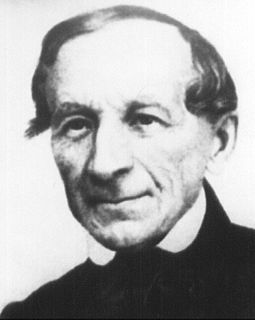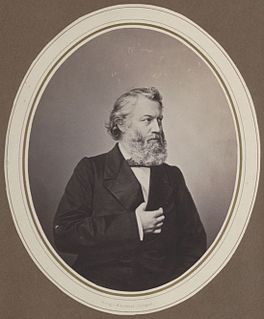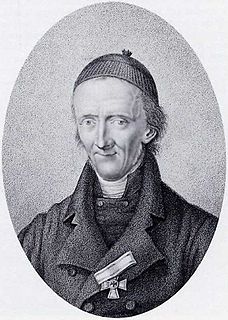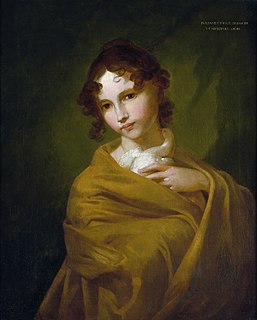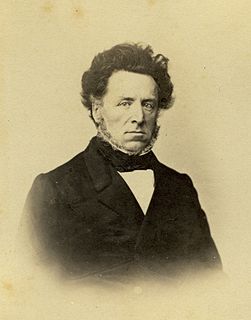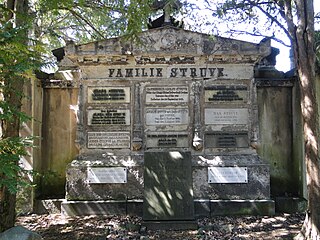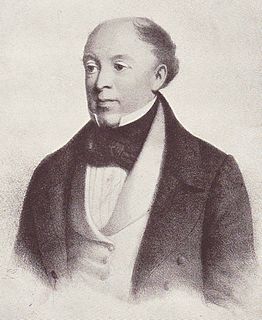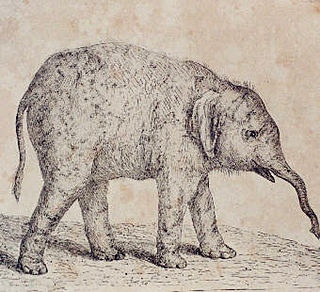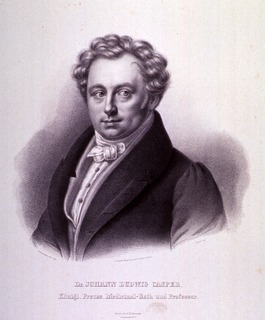
Johann Gottfried Bremser (19 August 1767 in Wertheim am Main – 21 August 1827 in Vienna) was a German-Austrian parasitologist and hygienist.
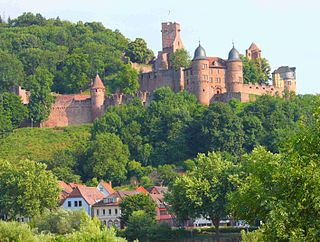
Wertheim is a town in southwestern Germany, in the state of Baden-Württemberg with a population of around 23,400. It is located on the confluence of the rivers Tauber and Main. Wertheim is best known for its landmark castle and medieval town centre.

Vienna is the federal capital and largest city of Austria, and one of the nine states of Austria. Vienna is Austria's primate city, with a population of about 1.9 million, and its cultural, economic, and political centre. It is the 7th-largest city by population within city limits in the European Union. Until the beginning of the 20th century, it was the largest German-speaking city in the world, and before the splitting of the Austro-Hungarian Empire in World War I, the city had 2 million inhabitants. Today, it has the second largest number of German speakers after Berlin. Vienna is host to many major international organizations, including the United Nations and OPEC. The city is located in the eastern part of Austria and is close to the borders of the Czech Republic, Slovakia, and Hungary. These regions work together in a European Centrope border region. Along with nearby Bratislava, Vienna forms a metropolitan region with 3 million inhabitants. In 2001, the city centre was designated a UNESCO World Heritage Site. In July 2017 it was moved to the list of World Heritage in Danger.
In 1796 he received his medical doctorate from the University of Jena, and following graduation, took a study tour through Germany, Switzerland and Italy. In 1797 he settled in Vienna as a physician. [1] He developed an interest in the field of helminthology, and by way of a request from Carl Franz Anton Ritter von Schreibers, director of the Naturalienkabinette in Vienna, he started a helminth collection in around 1806, which eventually became one of the better parasitic worm collections in the world. [2] [3] In 1815 he conducted scientific research in Paris. In 1825 he succumbed to illness, and two years later died in Vienna at the age of 60. [4]

Friedrich Schiller University Jena is a public research university located in Jena, Thuringia, Germany.

Helminthology is the study of parasitic worms (helminths). The field studies the taxonomy of helminths and their effects on their hosts.
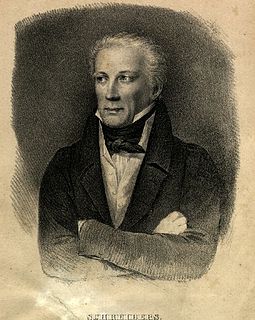
Carl Franz Anton Ritter von Schreibers was an Austrian naturalist who was a native of Pressburg, Hungary, Habsburg Empire.
He was at the forefront of medical vaccinations in Vienna, and argued the case for compulsory cowpox vaccinations for all citizens. [2]
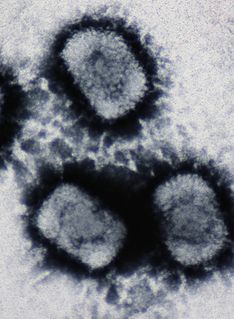
Cowpox is an infectious disease caused by the cowpox virus. The virus, part of the genus Orthopoxvirus, is closely related to the vaccinia virus. The virus is zoonotic, meaning that it is transferable between species, such as from animal to human. The transferral of the disease was first observed in dairymaids who touched the udders of infected cows and consequently developed the signature pustules on their hands. Cowpox is more commonly found in animals other than bovines, such as rodents. Cowpox is similar to, but much milder than, the highly contagious and often deadly smallpox disease. Its close resemblance to the mild form of smallpox and the observation that dairy farmers were immune from smallpox inspired the first smallpox vaccine, created and administered by English physician Edward Jenner.



